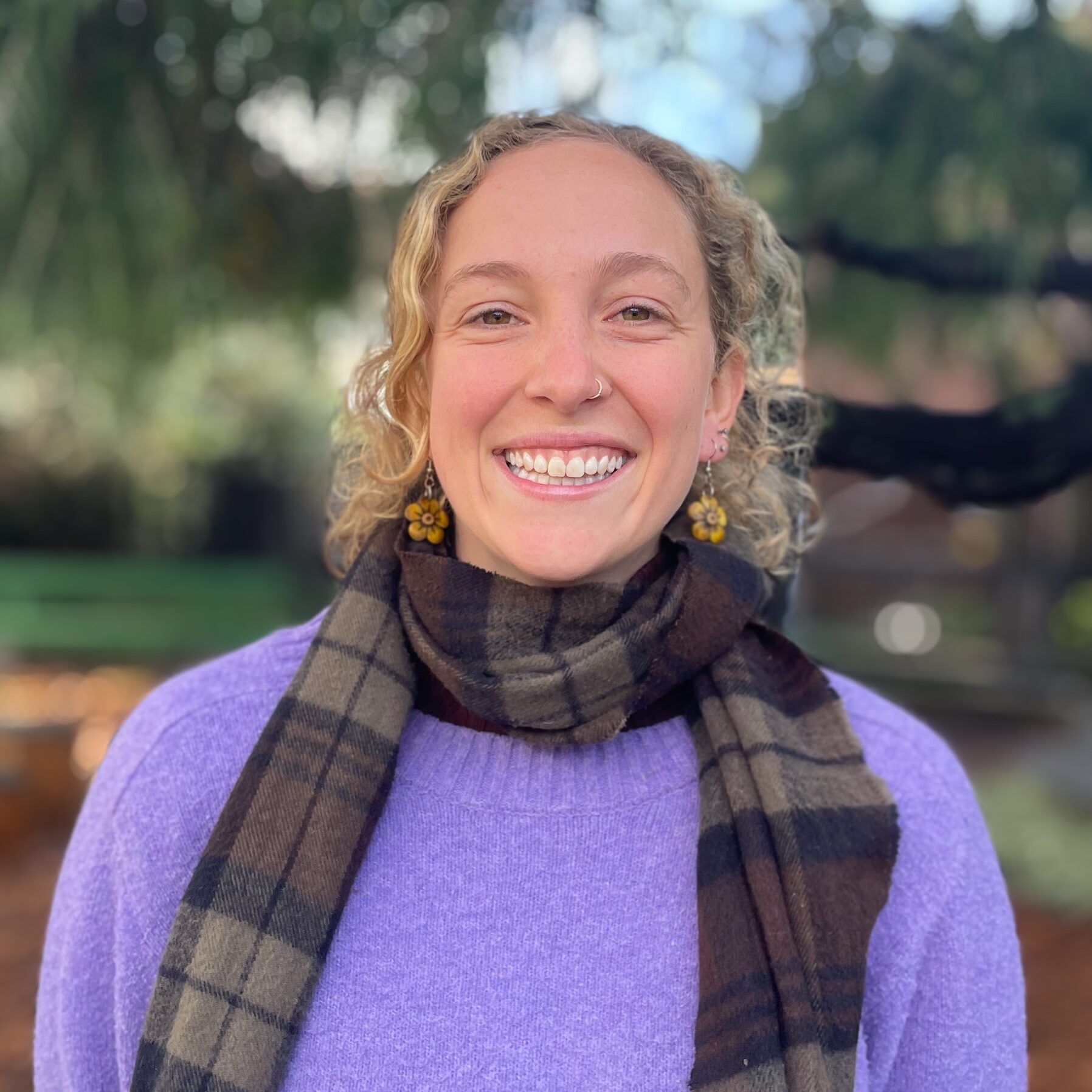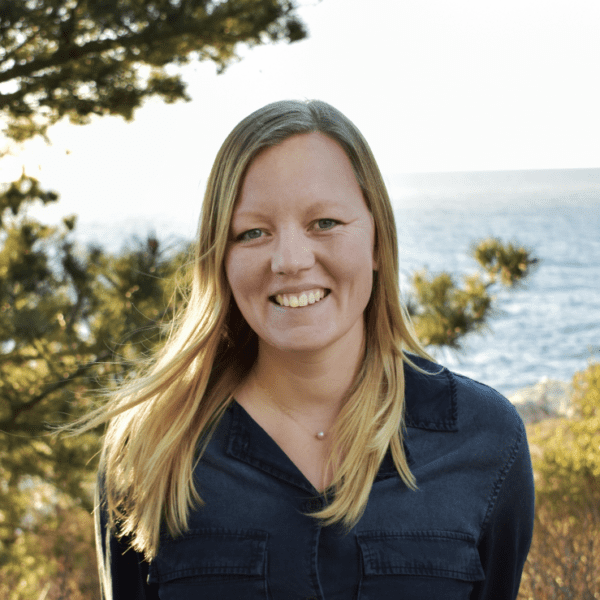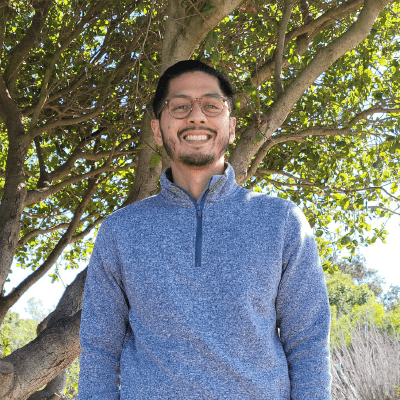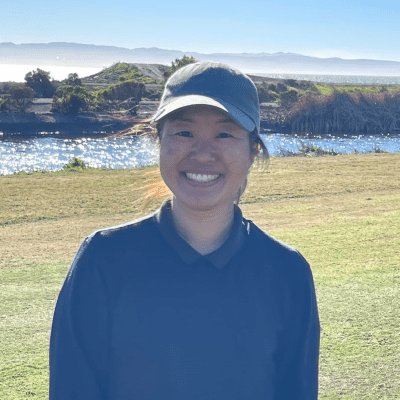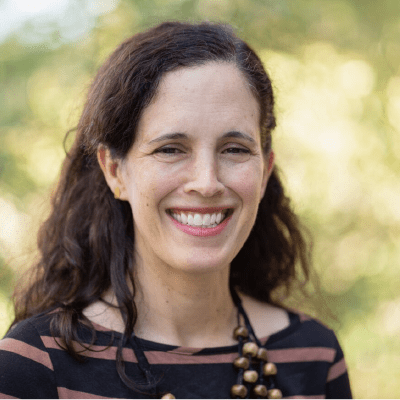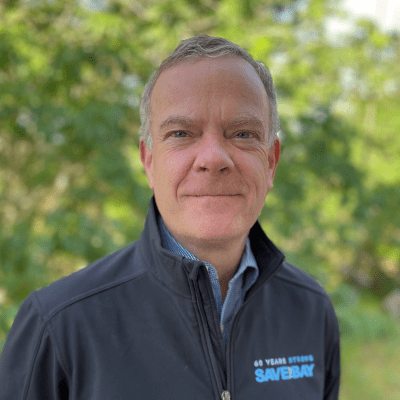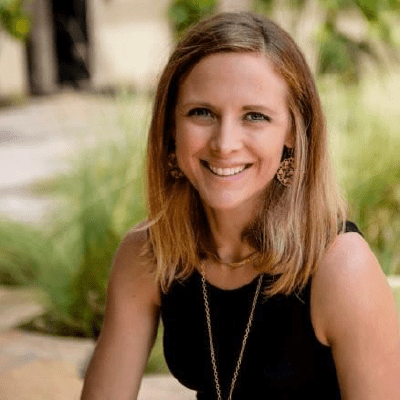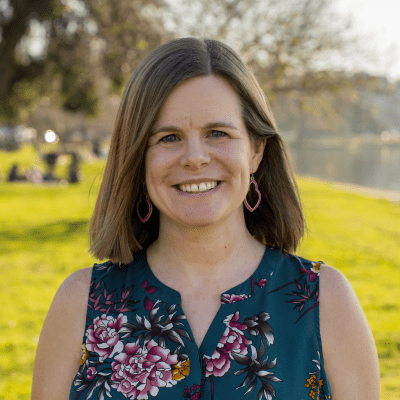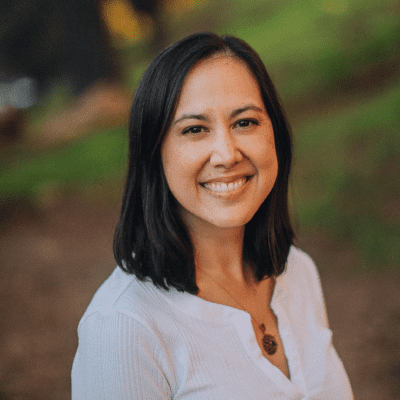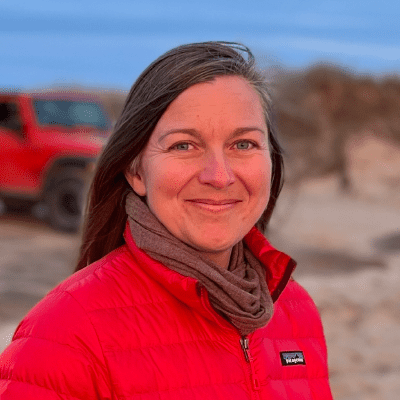While Save The Bay is known primarily for policy and advocacy work, our restoration and education programs have grown immensely in the past twenty years. In addition to restoring the Bay’s wetland ecosystem by planting transition zone species, we also grow all of the plants ourselves in our native plant nurseries at the MLK Jr. Shoreline in Oakland and the Palo Alto Baylands in the Peninsula. Each year we typically grow and install 35,000 plants into the ground. And last year we actually surpassed our annual totals by planting 100,000 native seedlings to complete several large-scale restoration projects, including the Horizontal Levee Project at the Oro Loma Sanitary District! When I first joined the team as the Nursery and Habitat Restoration Fellow at the beginning of 2017, I knew planting native species and teaching students about Bay ecology would be a large part of my job. But, I never thought I’d learn as much as I did about plant disease. One of the biggest threats native plant nurseries face today is the spread of plant pathogens, partially as a result of increased global trade and transportation. Right now in the Bay Area, the invasive pathogen that is on everyone’s radar is a genus called Phytophthora. There are currently over 150 different documented species of Phytophthora worldwide, some of which are lethal to many native plant communities in our state. This water mold, or oomycete, causes a plant’s roots to rot which kills the entire organism. One well-known example is Phytophthora ramorum, or more commonly referred to as Sudden Oak Death, has killed over three million oak trees in California. Another more recently identified species is Phytophthora tentaculata, which was first spotted in California in 2012 on a sticky monkey-flower (Diplacus aurantiacus). Although more research needs to be done, researchers don’t know all of the plants that P. tentaculata can live on, it is highly likely that many California native plants can act as its host.  Unfortunately, the cost of eradicating Phytophthora once it has spread into wildlands is very high and the process is extremely difficult. But, if left untreated and uncontrolled, Phytophthora activity could increase and cause even more harm to native plant communities throughout California. In other words, transmitting Phytophthora to a restoration site would be a worst case scenario. That’s why prevention is key. In addition to following a set of best management practices recommended by plant pathologists, Save The Bay is now leading a movement to tackle Phytophthora prevention head-on, using innovative and scientific techniques including:
Unfortunately, the cost of eradicating Phytophthora once it has spread into wildlands is very high and the process is extremely difficult. But, if left untreated and uncontrolled, Phytophthora activity could increase and cause even more harm to native plant communities throughout California. In other words, transmitting Phytophthora to a restoration site would be a worst case scenario. That’s why prevention is key. In addition to following a set of best management practices recommended by plant pathologists, Save The Bay is now leading a movement to tackle Phytophthora prevention head-on, using innovative and scientific techniques including:
- reconfiguring our nurseries and updating porous surfaces so everything can be sanitized
- requiring all nursery visitors to spray the bottoms of their shoes with an isopropyl alcohol solution to avoid tracking in contaminated dirt
- mobilizing volunteers to help clean the pots used to grow and transplant our native species during community restoration events.
To further reduce the risk of plant-killing pathogens from invading our nurseries, we searched for a clean, uncontaminated soil source to use (ideally before the start of the 2017 planting season). During our search, we quickly realized that a Phytophthora-free soil currently doesn’t exist in the market. So, we decided to start making our own!  Together alongside Save The Bay’s Nursery Manager Jessie Olson, we worked together to invent a solution that would allow us to heat large quantities of moist soil at 140 degrees Fahrenheit for 30 minutes with steam — an environment that would kill any present water mold.
Together alongside Save The Bay’s Nursery Manager Jessie Olson, we worked together to invent a solution that would allow us to heat large quantities of moist soil at 140 degrees Fahrenheit for 30 minutes with steam — an environment that would kill any present water mold.
 Using a design pioneered by The Watershed Nursery as a guideline, we rigged together parts from a propane barbecue, steel trash can, and other heavy duty materials to create a soil treatment system. You know the cooling process is complete when you smell that fresh and organic compost smell!
Using a design pioneered by The Watershed Nursery as a guideline, we rigged together parts from a propane barbecue, steel trash can, and other heavy duty materials to create a soil treatment system. You know the cooling process is complete when you smell that fresh and organic compost smell!
Constructing a closed heat treatment system like this, let alone three, is a huge milestone that many nurseries in the region have not yet reached. Although it required some trial and error to assemble and operate (who knew you could cut copper pipe with a PVC pipe cutter?), this was an exciting cutting-edge project for me to be part of. Best of all, starting this season we will be able to propagate all of our new seedlings in our clean soil! Or put another way, in laymen terms, Save The Bay now has the cleanest dirt in the Bay Area!



